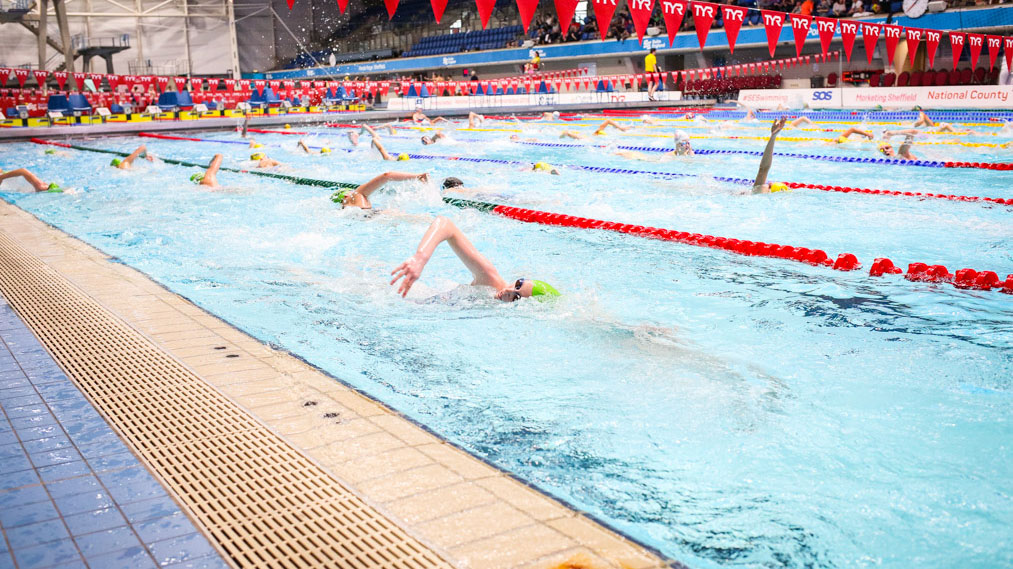
Advice on holding your breath in training for age group and young swimmers
October 17, 2019In a world where we are constantly pushing the boundaries of swimming performance, an area we are all striving to improve is our underwater and breath-holding ability.
In a race, swimmers only spend a few seconds underwater and breath-holding for prolonged periods can cause shallow water blackout.
We’ve produced the following guidelines and facts about holding your breath in training.
Please contact us at [email protected] if you have any questions about swimmers holding their breath in training, or any other aspect of swimming coaching.
What is shallow water blackout?
- Hyperventilation (consciously or unconsciously) reduces carbon dioxide (CO2) levels in the blood as it is exhaled at an increased rate.
- As the breath-hold continues, oxygen (O2) levels in the blood drop.
- Usually an increase in CO2 in the blood would trigger the desire to breathe and the swimmer would end the breath hold attempt. Due to the hyperventilation, CO2 levels are too low to trigger this, and the urge to breathe doesn’t occur as early.
- This, combined with low O2 levels, can cause the swimmer to go unconscious.
- Once unconscious, the body will react by initiating a breath. However, whilst submerged, the lungs will fill with water. If immediate assistance does not occur, death by drowning can occur.
- If the swimmer is rescued, they should be immediately taken to hospital.
- Secondary (delayed) drowning can happen when water is inhaled into their lungs causing inflammation. This can happen hours to days afterwards with the air sacs of the lungs swelling and preventing oxygen entering the blood. If a swimmer feels ill after prolonged underwater breath holding, they should seek medical advice urgently.
Safety guidelines for holding breath in training
- Do not practise prolonged breath-holding. We should not ignore the need to breathe.
- Underwater breath-holding should not be encouraged in young swimmers. However, if practised, the rule of thumb for safety is:
One breath-hold
One time only
A maximum distance of 25m
Do not repeat - Never hyperventilate.
- Always be supervised – never swim alone
- Repetitive breath-holding increases risk. If breath-holding underwater, a buddy must be next to you tapping you on your shoulder so you can signal that you are OK. Their total focus needs to be you and your safety. They should never breath-hold with you. Do not rely on lifeguards as it is difficult to observe someone who is in difficulty from above the water.
- Lung-training devices can be bought to train inspiratory muscles on land.
It is at the coach’s discretion to decide when to progress swimmers to train repeated underwater lengths but they should take into account the following:
- Any respiratory problems
- Coach’s experience and education level
- Swimmers age and level of competency (it is not advised in age group swimmers to progress further than the guidelines above)
- Previous competency at swimming underwater.
Useful resources
Use the following links to read more about coaching swimmers and the dangers of breath holding in swimming.
 Swim England Competitive Swimming Hub
Swim England Competitive Swimming Hub